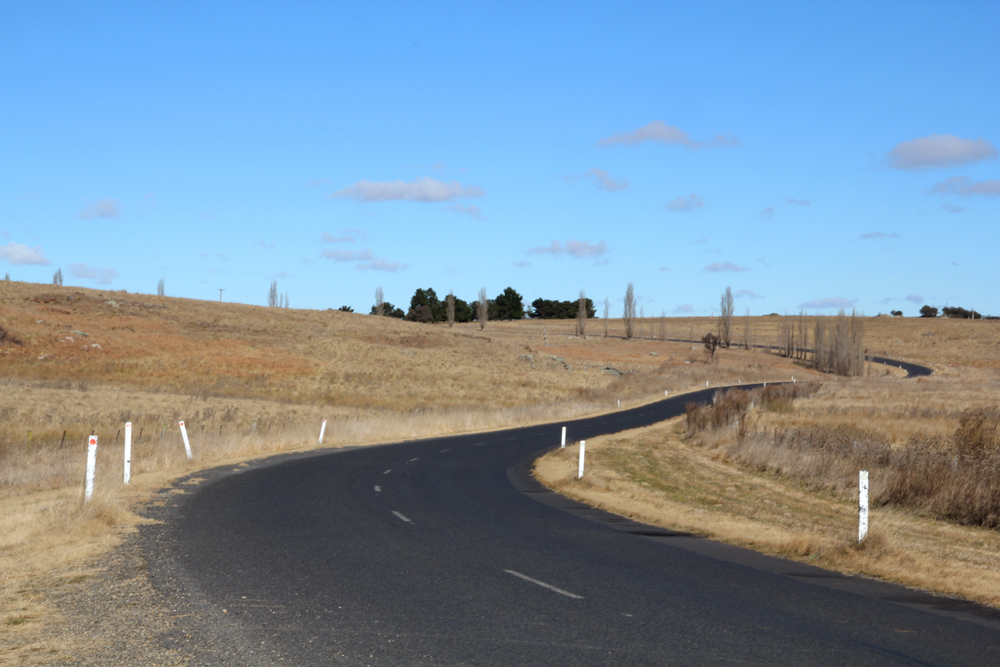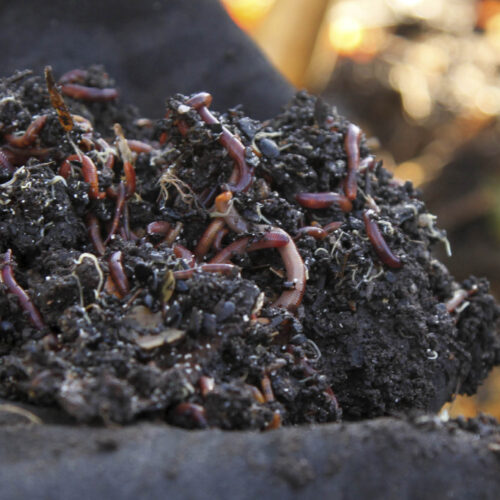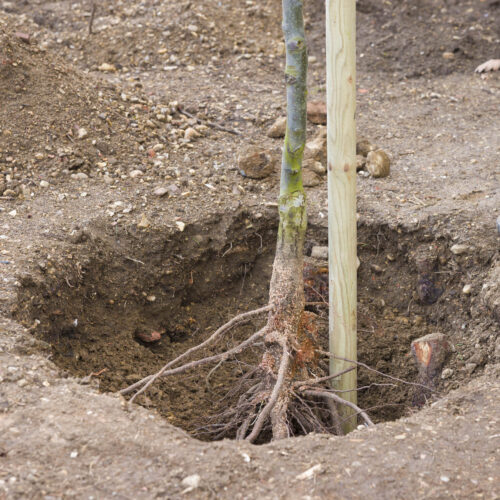Know Your Climate
2012-07-13T00:26:06+10:00
A trip to the New England region in NSW gets JUSTIN RUSSELL thinking about the importance of getting to know your climate.
I’ve just returned from a trip down to Armidale visiting family. The New England region, which sits atop a plateau ranging in elevation from about 800 metres to 1500 metres, is one of the coldest, frostiest places in Australia. Snow falls a few days each winter, and locals expect about 90 frosts, any time between March and November. Makes the 30 or 40 frosts in my garden look like a cakewalk!
During July, the landscape throughout the New England is one of skeletal trees and granite sentinels jutting from paddocks bleached pale by sub-zero nights. Barely a single blade of green grass is to be seen. The cold makes for a challenging gardening climate, and I noticed that many gardens had clear plastic greenhouses tucked away down the back, no doubt to get warm climate plants like tomatoes and capsicums off to a decent start in spring. But then in other gardens I saw frost tender plants looking absolutely miserable. Bedraggled agapanthus was a quite a common sight along front fences and driveways, even in the highest, coldest places such as Ben Lomond.
This underscores for me, how important it is for gardeners to acquire a strong working knowledge of their climate. Being a dedicated weather nerd, with notebooks full of rainfall readings and frost dates, I bang on about this all the time, much to some people’s annoyance. But climate is important. The more organic gardeners can work with nature, the better off we’ll be, and with global warming causing disruptions to long established patterns, it’s more pressing than ever to become familiar with the intricacies of your local area.
It helps to think like a farmer. Everyone complains that farmers are obsessed with the weather, but can you blame them? Climate, and its daily manifestation, weather, is the source of both their greatest risk and reward. You be a fool to neglect watching the last five minutes of the nightly news bulletin or failing to check the long range rainfall forecast.
So at a bare minimum, I recommend familiarising yourself with the BOM’s climate data for your area. Then I’d suggest a deeper understanding. Learn how to read a weather chart. Get a digital weather station and a rain gauge and keep a daily record of rainfall and temperature. Tap into local knowledge. Chat to old timers about the changes they’ve noticed in the climate over the years and when it’s best to plant various crops.
No-one can accurately predict how things will pan out during the next couple of decades. General forecasts are that many parts of the country, including the New England Tableland will become warmer and drier on average, with more extreme one-off weather events likely to wreak havoc. Who knows. What I can assure you of is this: only when we have a solid understanding of the past, and current climate, can we effectively deal with what may come our way in the future.
Image: A frost bleached landscape near the village of Kentcuky, south of Armidale.






